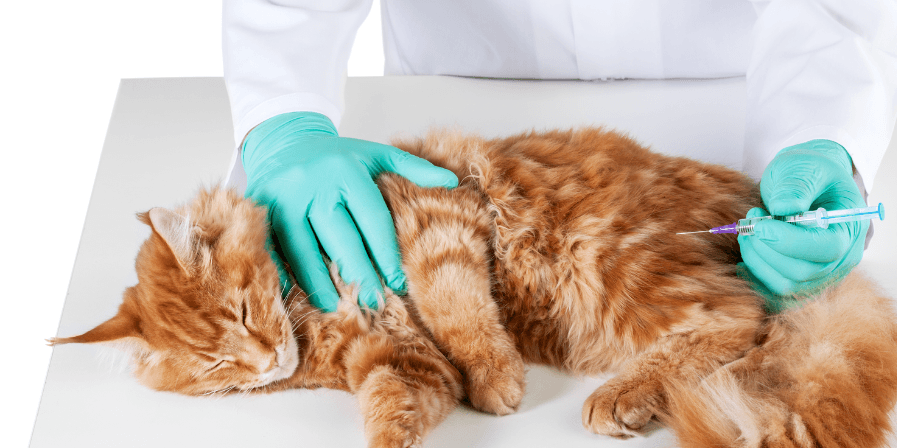Diabetes in Cats: An Overview

Diabetes mellitus, commonly referred to as diabetes, is a condition that can affect cats, similar to how it affects humans. It is characterized by the body's inability to properly produce or respond to insulin, leading to high blood sugar levels.
Diabetes in Cats: An Overview Diabetes mellitus, commonly referred to as diabetes, is a condition that can affect cats, similar to how it affects humans. It is characterized by the body's inability to properly produce or respond to insulin, leading to high blood sugar levels.
Types of Diabetes in Cats
- Type 1 Diabetes: This is less common in cats and involves the destruction of insulin-producing cells in the pancreas.
- Type 2 Diabetes: This is the most common form in cats, where there is a combination of insulin resistance and inadequate insulin production.
Signs and Symptoms of Diabetes in Cats • Increased Thirst: Drinking more water than usual. • Increased Urination: More frequent urination, often with larger volumes of urine. • Increased Appetite: Increased hunger and food consumption. • Weight Loss: Despite increased appetite, weight loss is common. • Lethargy: Reduced activity levels and decreased energy. • Poor Coat Condition: Fur may appear dull or unkempt. • Weakness in Hind Legs: Neuropathy can cause weakness or difficulty walking.
Causes and Risk Factors • Obesity: Overweight cats are at a higher risk. • Age: Middle-aged to older cats are more commonly affected. • Gender: Male cats are more predisposed to diabetes. • Breed: Certain breeds, like Burmese cats, may have a higher incidence. • Diet and Lifestyle: High-carbohydrate diets and sedentary lifestyles contribute to the risk.
Diagnosis Diagnosis involves a combination of: • Physical Examination: Evaluating symptoms and overall health. • Blood Tests: Measuring blood glucose levels. • Urinalysis: Checking for glucose in the urine. • Fructosamine Test: Provides an average blood glucose level over the previous weeks.
Cat Diabetes Treatment • Insulin Therapy: Most diabetic cats require insulin injections to regulate blood sugar levels. • Dietary Management: High-protein, low-carbohydrate diets can help manage blood glucose levels. • Weight Management: Achieving and maintaining a healthy weight is crucial. • Regular Monitoring: Blood glucose levels should be regularly monitored at home or by a veterinarian.
Management and Prognosis • Consistent Routine: Feeding and insulin administration should be done at the same times each day. • Veterinary Check-Ups: Regular visits to the vet for monitoring and adjustments in treatment. • Monitoring for Complications: Early detection of complications like urinary tract infections or ketoacidosis is essential. Prevention • Healthy Diet: Feeding a balanced diet appropriate for your cat's age and activity level. • Weight Control: Preventing obesity through proper diet and regular exercise. • Regular Vet Visits: Early detection and management of potential health issues.
FAQ’s :
-
What happens if diabetes is left untreated in cats? Untreated diabetes can lead to severe health issues, including ketoacidosis, nerve damage, infections, and eventually, can be fatal.
-
Can a cat with diabetes lead a normal life? Yes, with proper treatment and management, many diabetic cats lead happy and active lives. Understanding diabetes in cats is crucial for early detection and effective management. If you suspect your cat may have diabetes, seek veterinary care promptly.
For pet consultation in Delhi, Gurgaon and Noida, call us on 9311560101 or dccpets.in.


 How can we help?
How can we help?